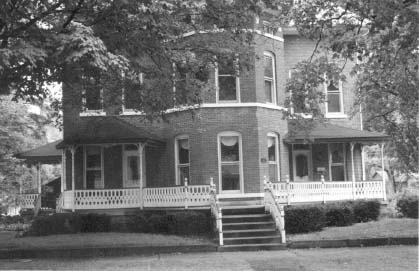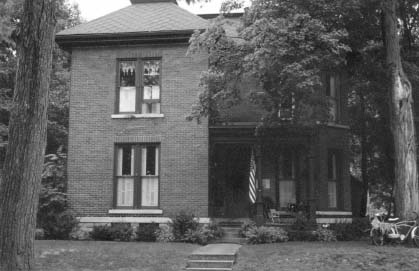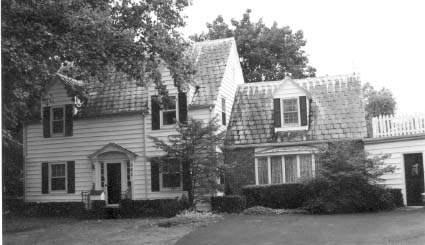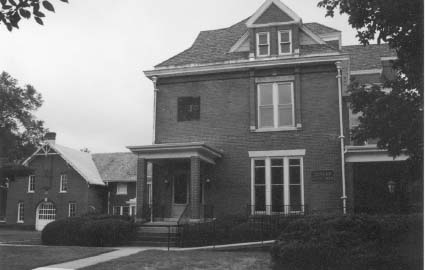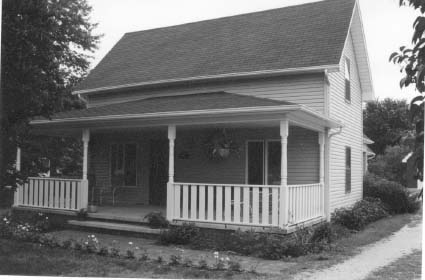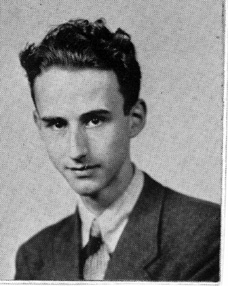| | for "Stage Door" in which Stefan Kaufman was cast as Jim Devereaux. He was also then establishing his reputation as a writer of music and pageants At the 1942 Homecoming he debuted his miniature "grand" opera, "The Tempest - Not by Shakespeare." Kaufman called it a heroic farce "with much noise and little point"! In the story the king is moved to wrath when he learns from a nursery rhyme that all his horses and all his men cannot put Humpty Dumpty together again. The music punishes the insulting poet who wrote "such blasphemous nonsense." The parts of the king and the poet were done by Stephen Blickenstaff and Howard Luginbill. Helen Cook and Frances Gibson stroked the king's ego with the playing of harps and singing, and, essential to all operas, there was dancing, provided by Erna Pottenger, Maxine Bauer, and Dorothy Phillips. Kaufman produced a second, a Christmas pageant, directed by Professor Sadie Wampler. Presented at Walnut Street Church of the Brethren on December 20, just before the 1942 Christmas break, it was a large choral musical with group and solo singing, involving many of the church and college music organizations. Professor D. W. Boyer, Mrs. Liegh Freed, Mrs. L.W. Schultz, Mrs. C.S. Morris and Professor Paul Halladay conducted. The central figure, Christopher, in various episodes was played by Ervin Hoff, Carl Waldo Holl Jr., Carlton Halladay, Henry Esbensen, John Hamer, James Renz, Arlo Gump. Paul Halladay played the role of the pilgrim. Others in the cast were Mrs. Carl Holl, Mrs. D.C. Reber, Howard Keim, Robert Neher, Kay Ronald, Liegh Freed, Dr. M.C. Morris and Don Netzley. Max Allen was the organ accompanist. Kaufman's "informal" recital in the college chapel on Easter Sunday 1943 may have been so announced because of the later-than-usual starting time, 8:30 p.m. That accommodated students and faculty members returning from the combined college choirs' Easter program at the Church of the Brethren. Our pianist played recital pieces which were hardly "informal, " such as, Handel's Passacaglia; Mozart's Sonata in C Minor (two movements) and Allegro from his Concerto in A Major; Bach's Fantasia Chromatica; and Beethoven's last sonata (in C minor). And the whole of it sublimely benefited | |
